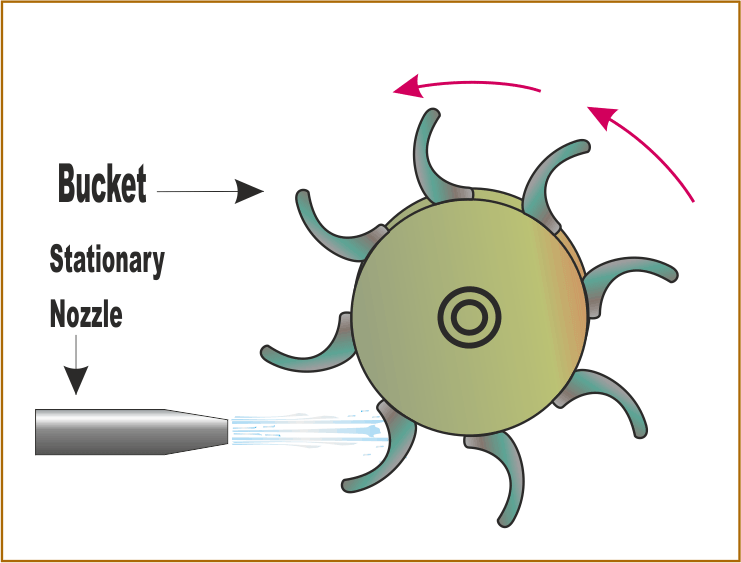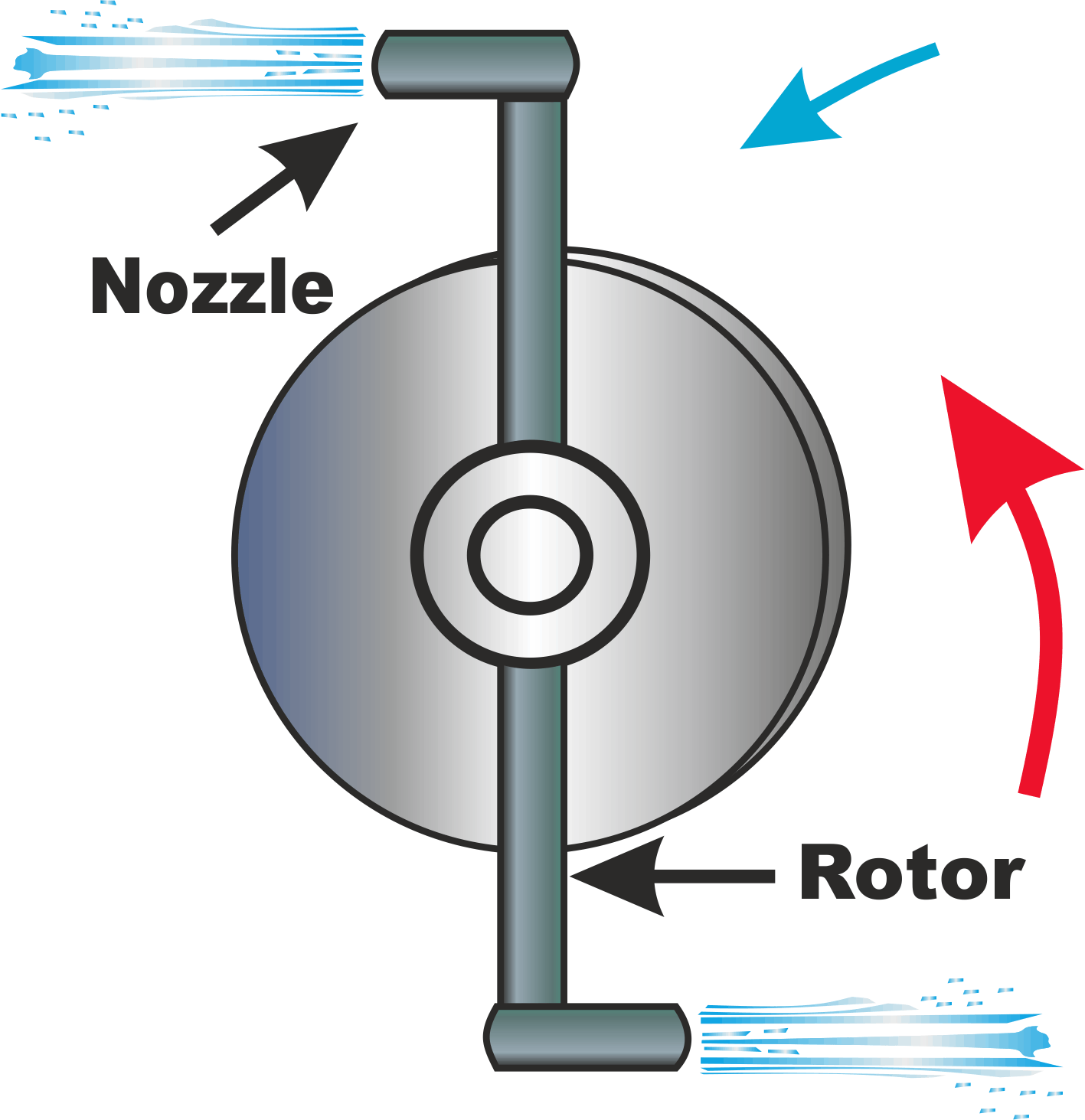Impulse Turbine :
* It consists of nozzles and moving blades.
* Pressure drop occurs only in nozzles not in moving blades.
* Steam strikes the blades with kinetic energy.
* It has constant blade channel area.
* Due to more pressure drop per blade, number of stages required is less.
* Power developed is less.
* It occupies less space for same power output.
* Velocity of Turbine is more.
* Lower efficiency.
* Blade manufacturing is not difficult and Thus it is not costly.
Reaction Turbine :
* It consists of Fixed Blades and moving blades.
* Pressure drop occurs in fixed as well as moving blades.
* Steam passes over the moving blades with pressure and Kinetic energy.
* It has varying blade channels area.
* Number of stages required is more due to more pressure drop.
* Power developed is considerable.
* It occupies more space for same power .
* Velocity of Turbine is less.
* Blade manufacturing process is Difficult.


Comments
Post a Comment